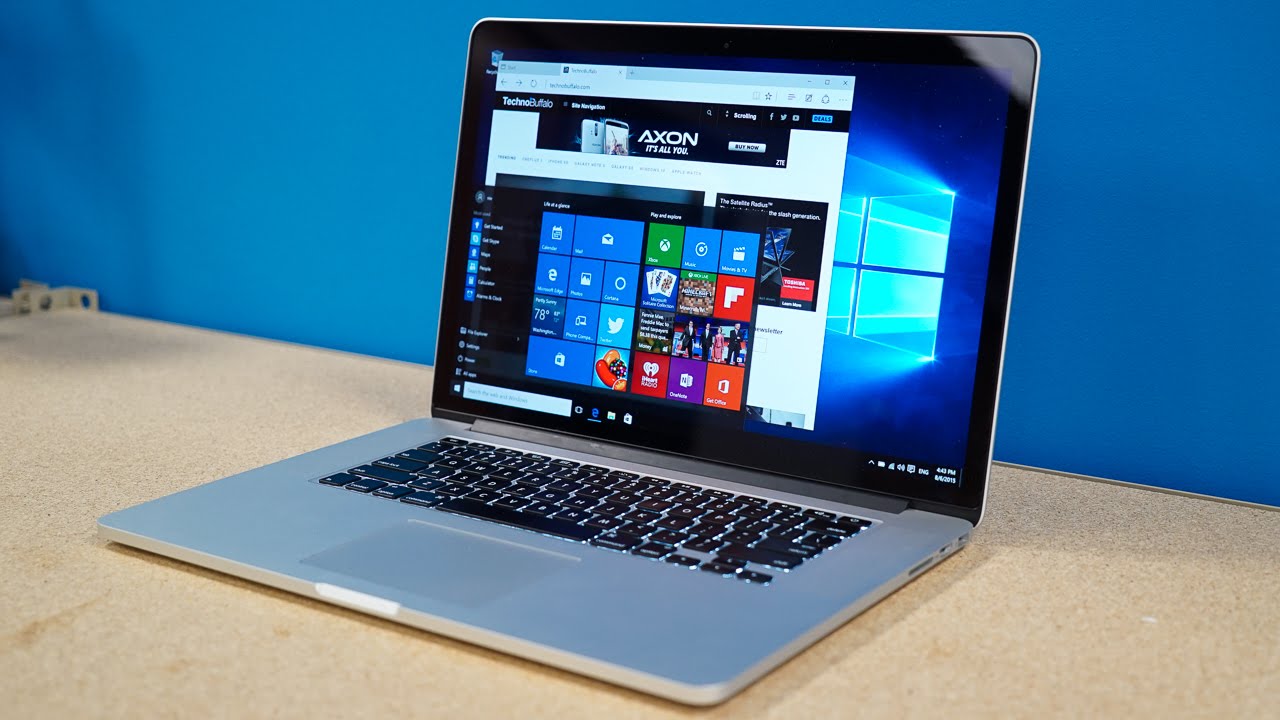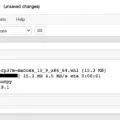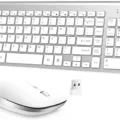Macs have the ability to boot from a network, allowing you to quickly and efficiently set up new machines or troubleshoot existing ones. While this feature is not widely used, it can be very useful in certain scenarios. In this blog post, we’ll explain how to boot a Mac from a network and the benefits of doing so.
To boot your Mac from the network, you’ll need an internet connection and an external drive or USB flash drive with an operating system installed. Once these items are ready, follow these steps:
1. Download a NetBoot image – A NetBoot image is a special type of file that contains all the information needed to start up your Mac over the network. You can find these images on Apple’s official website or on third-party sources like NetBootNation.
2. Configure your router – Your router needs to be configured correctly in order for your Mac to boot over the network successfully. This includes setting up DHCP and enabling port forwarding if necessary.
3. Set up your Mac – On your Mac, go into System Preferences > Startup Disk and select “Network” as your startup disk option. Then, enter the information for the NetBoot image you downloaded earlier (e.g., IP address).
4. Start your Mac – Once everything is set up correctly, restart your Mac and it should start from the NetBoot image over the network!
Now that we’ve gone over how to boot a Mac from a network, let’s take a look at some of the benefits:
– Speed – Booting from a network is much faster than installing an operating system manually onto each machine separately, making it perfect for large-scale deployments or setting up multiple machines quickly and easily.
– Flexibility – Using a NetBoot image allows you to customize each machine separately without having to install different versions of software or configure settings manually on each device individually.
– Easier Troubleshooting – If something goes wrong with one machine, you can quickly deploy another machine with identical settings and configuration without having to redo all of the setup work on each individual machine again!

Creating a Mac NetBoot Server
Creating a Mac NetBoot Server is a simple process, and can be done in a few steps.
First, open your System Preferences and click on the “Sharing” icon. In the “Services” tab, check the box next to “NetBoot Server”. This will enable your Mac to function as a NetBoot Server.
Next, you’ll need to create an image that computers can boot from. To do this, open the Server app (located in your /Applications folder) and select the “Images” tab at the top of the window. Click on the “+” sign and choose either “Create NetBoot Image from Installer” or “Create NetBoot Image from Volume” depending on what type of image you want to create.
Once you’ve created your image, it’s time to configure it for use with your clients. Go back to System Preferences and click on the “NetBoot Servers” icon in the bottom right corner of the window. Here, you can add new NetBoot images by clicking on the “+” sign or edit existing images by clicking on them. You’ll then be able to configure any settings you wish (such as IP addresses or authentication settings).
Finally, connect your client computers to your network using Ethernet cables before turning them on so they can boot up using your new NetBoot server. You should now be able to log into each computer using their respective usernames and passwords just as if they were connected directly to an internal hard drive!
Booting Mac in Recovery Mode
To boot your Mac in recovery mode, you will need to press and hold down the Command (?) – R keys on your keyboard while your Mac is starting up. Alternatively, you can use Option-Command-R or Shift-Option-Command-R to start up from macOS Recovery over the Internet. Once in the recovery mode, you will be presented with a macOS Utilities window where you can access various tools such as Disk Utility and Terminal. From here, you can use these tools to troubleshoot any issues you may be having with your Mac.
Accessing Recovery Mode on a Mac via Wi-Fi
To get your Mac into Recovery Mode via Wi-Fi, first, make sure that your Mac is turned on and then press and hold down the Command, Option, and R keys simultaneously. Hold these keys until the image of a globe appears and you see the message “Starting internet recovery.” After a few moments, you will be prompted to choose a Wi-Fi network to connect to. Once connected, select your language and continue with the recovery process. If you need help connecting to a Wi-Fi network or further assistance with Recovery Mode, please visit Apple Support for more information.
Installing MacOS Without a Disk
To install macOS without a disk, you can use the Recovery app. First, shut down your Mac by selecting the Apple menu > Shut Down. Then, press and hold the power button until “Loading startup options” appears on the screen. Select Options and click Continue, then select Reinstall from the Recovery app window. Finally, click Continue and follow the onscreen instructions to complete the installation process.
Bypassing a Mac Password in Recovery Mode
In order to bypass a Mac password in recovery mode, you must first start your Mac and hold the Command + R keys at the same time. This will open the OS X Utilities window. From here, select “Utilities” from the menu bar and then select “Firmware Password Utility”. Choose to turn off the firmware password and it will be disabled. You can then restart your Mac without needing to enter a password.
Booting Into Internet Recovery on an M1 Mac
To boot into Internet Recovery on an M1 Mac, you need to completely shut down your Mac. Once the Mac is shut down, press and hold the Power button or Touch ID button and immediately hold down the Command + Option + R or Command + Shift + Option + R key combination. Hold the keys until you see a spinning globe appear on the screen with the message “Starting Internet Recovery”. From there, follow any on-screen instructions to complete your recovery.
Restoring a Mac When Recovery Is Not Working
If your Mac Recovery Mode is not working, you can try resetting the PRAM or NVRAM to see if that resolves the issue. To do this, restart your Mac and hold down the “Command + Option + P + R” keys at startup until you hear the start-up chime twice. This will reset your PRAM or NVRAM, which can help resolve any issues with Mac Recovery Mode not working. If this doesn’t work, you may need to boot into Internet Recovery Mode by holding down Command + Option + R at startup instead. This will connect to Apple’s servers and download a recovery image over the internet that should help you restore your Mac. If this still doesn’t work, you may need to contact Apple Support for more assistance.
Can a Mac Boot Without a Hard Drive?
Yes, you can boot a Mac without a hard drive. Depending on the model of your Mac, you may be able to boot from either an external USB drive or an external hard drive. For newer Macs with G4 processors and higher, you can even have multiple operating systems installed on a single external drive. To do this, you’ll need to connect the external drive to your Mac and then use the Startup Manager to select which operating system you want to boot into. Once you have selected your OS, simply restart your computer and it will boot directly from the external drive.
Installing MacOS Using Internet Recovery
To use internet recovery to install macOS, first make sure your computer is connected to the internet. Then start up your computer in macOS Recovery mode, typically by pressing and holding Command+R on your keyboard during startup. Once in the Recovery app window, select Reinstall macOS, then click Continue. Follow the onscreen instructions to finish the installation process, which includes selecting a disk for installation and waiting while the software is downloaded and installed. After the installation is complete, your Mac will restart its freshly installed operating system.
Conclusion
In conclusion, booting from a network on a Mac is possible by using the NetBoot Servers feature. This will allow you to boot to an image stored on the server, eliminating the need for physical media and allowing for faster, more efficient boot times. Additionally, if you need to use Internet Recovery Mode for Intel-based Macs, you can do so by pressing Command + Option + R at startup. Finally, there are other methods available such as using the Shut Down command or using the Recovery app window to reinstall your macOS release. With these steps, you should have all the information needed to successfully boot your Mac from a network.








